Original architectural details give a house character, but not every old home has retained these features through time. Whether your house lacks them entirely or they’ve been lost to renovations, you can add old-house charm with the following do-it-yourself (DIY) projects. From a 1970s ranch to a turn-of-the-century Colonial Revival, these homeowner-friendly projects will infuse classic touches into any space.
1. Coffer a Ceiling
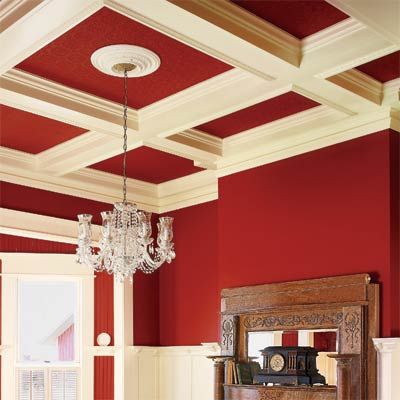
Coffered ceilings became popular in the late 19th and early 20th centuries during the revival of classical house styles in American architecture. These decorative grids, comprised of hollow wood panels, were originally used during the Renaissance to embellish beams. Today, they remain a sought-after feature that adds depth and dimension to any room.
How To Coffer a Ceiling
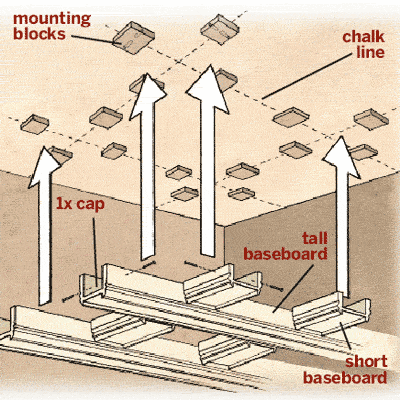
Creating a coffered ceiling is a project well within the skillset of any handy homeowner. According to This Old House general contractor Tom Silva, the key is to build U-shaped beams on the floor to minimize overhead work. Here’s a step-by-step guide:
- Plan your grid pattern on graph paper using your room’s dimensions to determine the width and number of beams.
- Find the center of your ceiling and snap two intersecting chalk lines.
- Create additional chalk lines to match your planned grid pattern.
- Build U-shaped beams using baseboard molding with integrated decorative caps for the side walls: full-length ones to span the width of the room, and smaller ones to fit in between.
- Use a 1x board recessed between the sides for the center, creating a reveal.
- Install full-length beams first, then add smaller intersecting ones to complete the grid.
- Lift each full-length beam to the ceiling, sleeving it over 2x blocking that’s been centered and fastened along your chalk lines.
- To secure the beams, drive nails through the side walls into the edge of the blocking.
Measure carefully and use a level throughout the process for a professional-looking result.
2. Upgrade a Newel Post
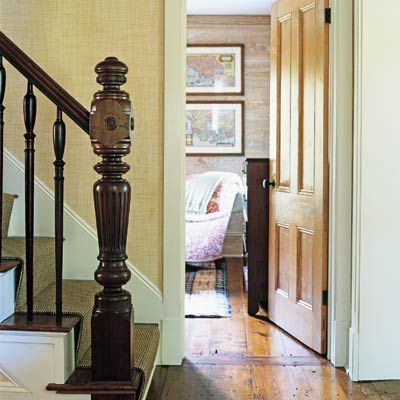
The newel post at the end of a staircase is immediately noticeable when entering a home. Unfortunately, many modern newel posts lack the intricate details that make them truly eye-catching. By replacing a plain newel with one featuring ornate turnings, you can instantly elevate your entryway.
How To Upgrade a Newel Post
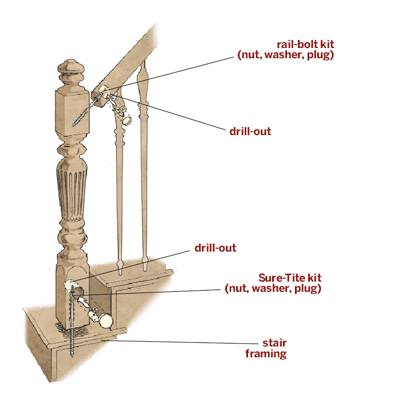
When choosing a new newel post, consider your home’s overall style to make sure it complements your existing decor. Follow these steps to install it:
- Choose a salvaged newel post with ornate details, checking that it’s similar in height and type to your existing post. You can buy these in many places, including antique shops or online retailers.
- Use specialty fastener kits for a secure attachment.
- Install a two-way Sure-Tite screw at the base.
- Drill a pilot hole in the framing of the stair where the newel will sit, and twist in the wood-thread end.
- Drill a corresponding hole in the bottom of the newel, and fit the post loosely over the fastener’s projecting machine threads like a sleeve.
- Use a rail bolt to attach the handrail to the newel.
- To tighten the assembly, twist a washer and nut on the machine thread end of both fasteners.
- Conceal access holes with wood plugs for a seamless look.
3. Install a Lincrusta Wainscot
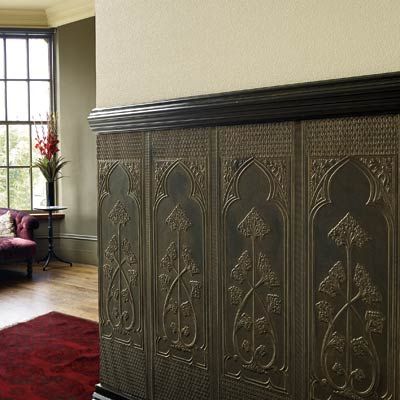
Lincrusta, a durable wall covering made from linseed oil, is a classic and eco-friendly option for adding texture and style to your walls. When used as wainscoting in high-traffic areas like foyers and stairways, Lincrusta can give a pop of design and practical protection to your walls.
How To Install a Lincrusta Wainscot
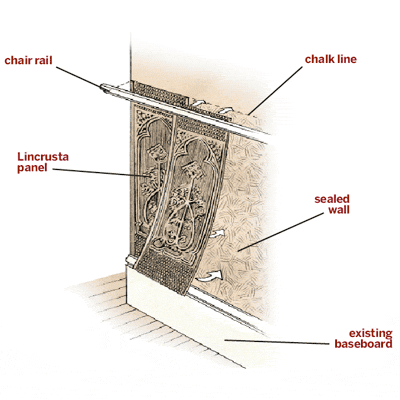
Follow these steps to install a Lincrusta wainscot:
- Determine the height of your wainscot and snap a level chalk line. Be sure to factor in the height of your existing baseboards.
- Prime the wall below the line with an oil-based primer.
- Prepare Lincrusta panels by sponging with warm water and allowing them to sit for 30 minutes. This prevents future expansion.
- Apply clay-based adhesive to the back of each panel.
- Install panels starting from an outside corner, working top-down.
- Use a felt roller to remove air pockets and wipe away excess adhesive.
- Fill gaps at corners with linseed putty.
- Allow adhesive to cure for 24 hours before adding chair-rail molding.
- Prime and paint your new wainscot to complete the look.
Remember to choose a Lincrusta pattern that complements your home’s style and existing decor.
4. Build a Pier Mirror

Pier mirrors, once used to brighten rooms before electric lighting, remain a stylish addition to modern homes. These tall mirrors, traditionally installed between windows in front parlors, can serve as elegant focal points in various rooms throughout the house. For example, they can amplify natural light in a hallway or add a touch of opulence to a bedroom.
How To Build a Pier Mirror
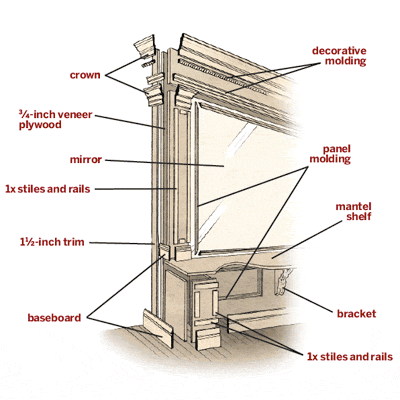
To create your own pier mirror:
- Use 3/4-inch stain-grade veneer plywood for the back, frame, and bench supports. Use solid stock for the decorative moldings, bench seat, and 1x stile-and-rail paneling.
- Construct U-shaped bench supports and attach them to the mirror back. These will secure to the mirror back via blocking.
- Clad the supports with 1x stiles and rails.
- Create a rectangular bench seat using 5/4-inch board or a salvaged mantel shelf.
- Build the mirror frame using narrow plywood boards for sides and bottom, and a wide board for the top.
- Secure the frame to the back and hide its outside edges with 1½-inch trim.
- Apply 1x stiles and rails to the frame sides to form pilasters.
- Apply decorative moldings and trim to the design.
- Install a beveled mirror using adhesive and secure with panel molding.
5. Install Runner Rods
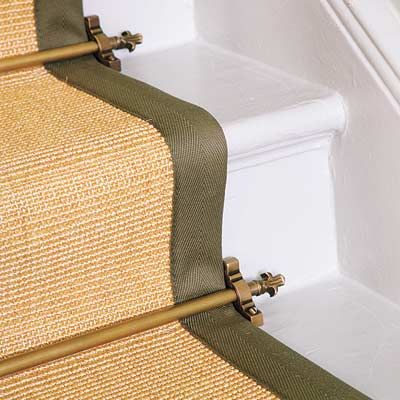
Before pneumatic carpet nailers, metal rods were used to secure stair runners. These decorative rods also serve a practical purpose. When choosing runner rods, consider finishes that complement your home’s existing hardware and decor. Runner rods can make an ordinary staircase look more sophisticated and are available in different styles to suit different tastes.
6. Make Doors Sparkle
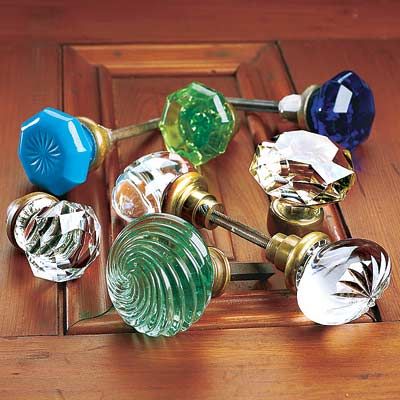
Glass doorknobs were popularized during World War I due to metal shortages. These knobs come in various shapes and colors, allowing you to get creative and match your home’s style. When shopping for glass doorknobs, consider salvaged originals and high-quality reproductions. They’re a simple way to add a glamorous vintage touch to your home.
7. Wire Up a Sconce

Electric sconces mimic the elegant wall-hung gaslights of the past and add a warm, inviting glow. When choosing sconces, look for designs that go with your home’s style and existing light fixtures. Consider finish, size, and light output. When hung in the right places, these sconces create an intimate, ambient atmosphere.
8. Swap Switch Plates
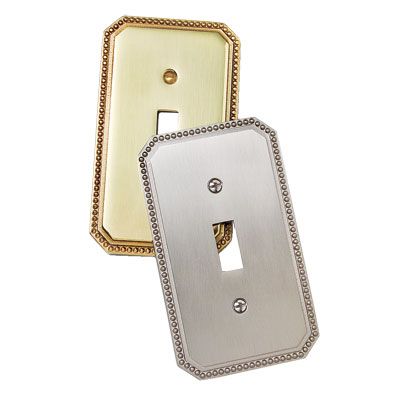
Replacing plastic switch plates with lustrous metal ones is an incredibly easy way to elevate your rooms. Choose finishes that coordinate with your door hardware and light fixtures for a cohesive look. When installing new switch plates, make sure they’re properly grounded if using metal plates in older homes. This quick update adds refinement to a typically overlooked element.
9. Hang Interior Shutters
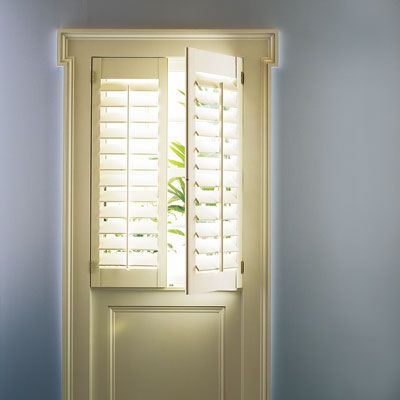
Traditional wood louvers are both functional and stylish, allowing you to let in light and air while keeping privacy. When buying interior shutters, consider factors such as:
- Wood type and finish
- Louver size
- Mounting style (inside or outside mount)
- Operating mechanism (hinged, sliding, or folding)
Custom-sized shutters guarantee a perfect window fit combined with timeless detail. Reach out to a professional window fitter if you’re in the market for these.
10. Add Color to Cabinetry

Painting cabinetry in earthy greens, browns, yellows, or reds evoke the color palettes of the late 19th and early 20th centuries. When choosing a paint color, consider your home’s overall color scheme and make sure everything remains cohesive. Test paint samples in different lighting conditions, and use high-quality, durable paint made for cabinetry.
11. Deck Out Your Windows
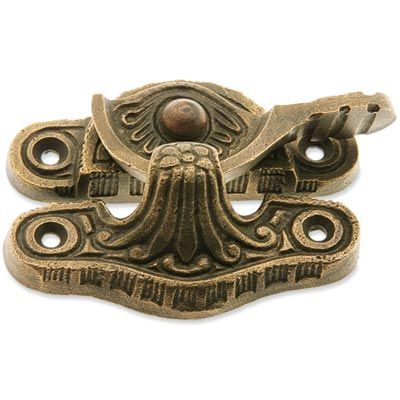
Upgrading plain sash locks with embossed latches is another simple way to add a Victorian-era touch to your home. When shopping for window hardware, choose finishes that complement your home’s existing hardware and check that it’s compatible with your window type.
12. Glue up a Medallion
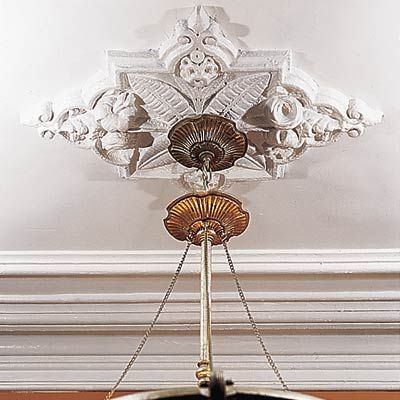
Ceiling medallions, once made of heavy plaster, are now available in lightweight polyurethane that can be easily installed with adhesive. Select a size proportionate to your room and light fixture, use the right adhesive, and follow manufacturer instructions for installation. Painting the medallion to match or contrast with your ceiling can boost its visual impact.
